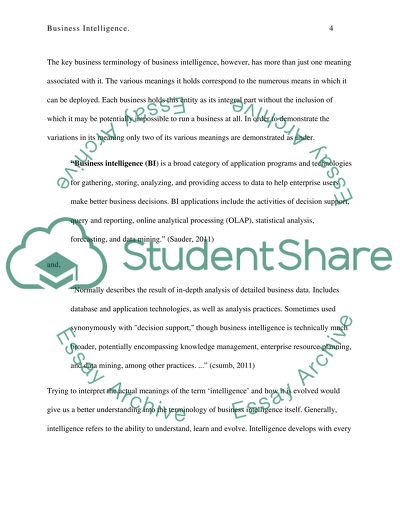Cite this document
(“How effective are Business Intelligence (BI) tools for supporting Essay”, n.d.)
Retrieved de https://studentshare.org/information-technology/1390497-how-effective-are-business-intelligence-bi-tools
Retrieved de https://studentshare.org/information-technology/1390497-how-effective-are-business-intelligence-bi-tools
(How Effective Are Business Intelligence (BI) Tools for Supporting Essay)
https://studentshare.org/information-technology/1390497-how-effective-are-business-intelligence-bi-tools.
https://studentshare.org/information-technology/1390497-how-effective-are-business-intelligence-bi-tools.
“How Effective Are Business Intelligence (BI) Tools for Supporting Essay”, n.d. https://studentshare.org/information-technology/1390497-how-effective-are-business-intelligence-bi-tools.


